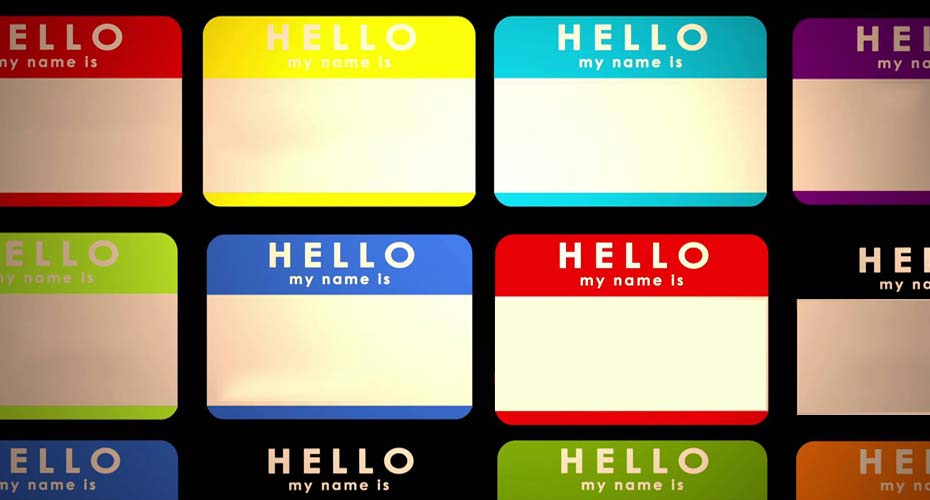Strategies for Visual Learning
Understanding your strongest and weakest learning styles can be a useful and illuminating tool for becoming a more engaged and effective student. This week we examine effective strategies for maximizing visual learning and retention. Check out the DTV Livestream on Effective Learning to hear a discussion on this same subject.
Visual learning is the process of learning a new skill by seeing it demonstrated or receiving correction through visual modeling. Here are a few things to consider that can maximize this form of information acquisition.
Make Sure You Can See
This may seem like obvious advice, yet I can speak from two decades of experience as a teacher that a majority of students do not change their position in relation to my demonstration, even when their view is partially or fully obscured. When a technique is being demonstrated, make sure that you are giving yourself a vantage point that allows you to take in the necessary information. Consider asking these types of questions of your instructor:
- Where should I look (and stand) to see the important parts of this technique?
- What exactly should I be looking at?
- Where can I safely stand to see this technique best?
- Would you turn so that I can see this technique more clearly?
My most empowered students view techniques from multiple vantage points both around the technique as well as above and below it. If your eyes are one of your best input devices for comprehension then do everything you can to maximize their capability.
Place Yourself for Copying
When you’re learning something visually, how you stand in relation to the demonstrator can be very important. Does it suit you best to have them as a mirror? Do you do best to have them beside you, or slightly ahead of you and facing the same direction? Place your teacher or other training partners in your class in the most advantageous place for you to copy them. It’s worth experimenting to find how placement best suits you, recognize also that different placements might be more effective for different skills.
Practice Visualization
Visual learning can be just as effective in your “minds eye” as when you’re taking in data from the outside. Immediately after seeing a demonstration, try recreating that demonstration in your mind (closing your eyes might help with this). Experiment both with imagining the demonstration outside of yourself and imagining what it looks like from your perspective to do the technique. This type of visualization can make it far easier to reproduce the technique with your partner in that moment or later.
Take Video, Photo, or Hybrid Notes
I’m a big fan of taking notes in classes to maximize retention and to help you recreate exercises later. If writing out words is not your thing, consider taking sequenced photos or video to reference later. Doodle a quick sketch of important positions or movements. You can also use many great note-taking apps on your computer or phone to mix words and images together. Onenote and Evernote are available on many platforms and allow for this kind of mixed-media recording.
Be sure when taking photos or videos of an instructor to get their permission as well as any rules they may have for how you use what you record.
Whether you’re a weak or strong visual learning, taking charge of how you take in new information with your eyes can make a huge difference in how quickly you can learn and advance as a student.

Responses